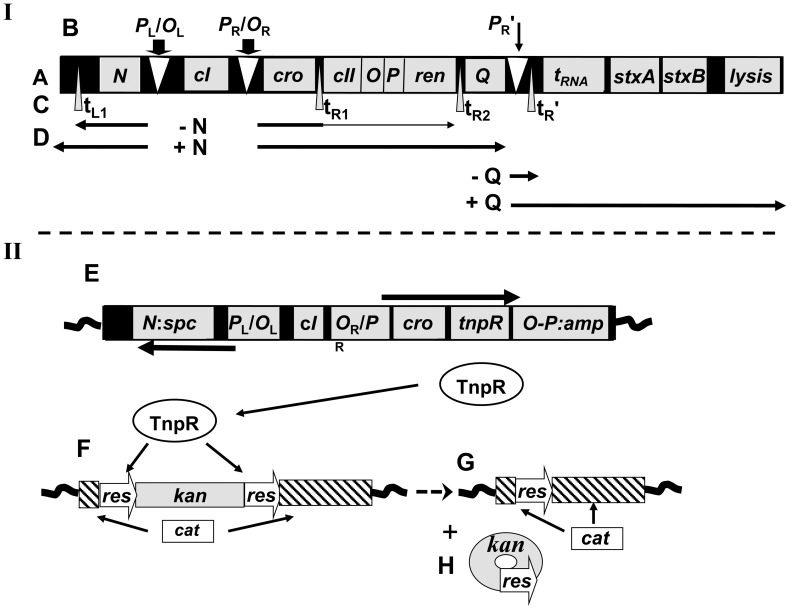Figure 1. Diagrams illustrating genetic arrangements and constructs.
I. The regulatory region of stx-carrying lambdoid phage and patterns of regulated transcription (not drawn to scale) (A) Arrangement of relevant genes. (B) Operators and promoters. (C) Transcription terminators. (D) Transcription patterns based on studies with λ. Temporal order: Early transcripts from P L and P R ending at indicator terminators, with ∼40% transcending tR1. Action of antitermination protein N allows synthesis of delayed early transcripts. Action of antitermination protein Q immediately downstream of P R′ allows maximum synthesis of late transcripts that include the stx genes. II. Components of SIVET (not drawn to scale). Top: (E) The early regulatory region of the 933W SIVET prophage. Deletion substitutions, N::spc and O-P::amp eliminate lethality by the induced prophage. The tnpR gene encodes the γδ resolvase and is transcribed from the prophage P R promoter and under control of the 933W repressor. Hence, TnpR is not expressed by the repressed lysogen, but is expressed when induction leads to autocleavage of the phage repressor. Bottom: (F) SIVET reporter cassette with the cat gene interrupted with a kanR cassette flanked by resC sites (targets for TnpR resolvase). In this form the reporter cassette confers KanR. (G) Action of TnpR removes the kanR cassette and one flanking resC site. This leaves the cat gene interrupted by one resC site on the bacterial chromosome. By proper designing the position of the insertion site of the cassette in the cat gene of the reporter cassette as well as engineered small nucleotide changes in the res sequence, excision of the kanR cassette leaves a functional cat gene even though a resC sequence remains within the cat gene (confers CamR) [47]. (H) The kanR cassette with the other resC site is excised as a non-replicating circle and lost by segregation. The thick horizontal arrows in E represent patterns of transcription from early promoters following induction, loss of repression.

